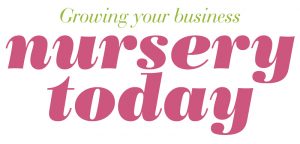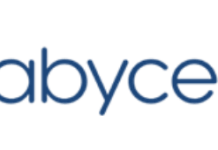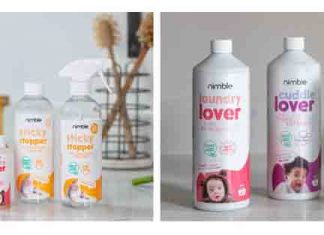Which? has found hundreds of potentially dangerous products that could suffocate young children, electrocute users and even cause house fires being sold through online marketplaces – even though they match products that have been declared dangerous by the product safety regulator.
Online marketplaces claim safety is a top priority, but a tool developed by Which? that uses a simple Google image search quickly found hundreds of products for sale that matched products previously reported as unsafe by the Office for Product Safety and Standards (OPSS). On average the products found for sale had been reported nearly six months earlier.
Which? found nearly 800 products that were similar or identical to items flagged by the OPSS in the last year, 98 per cent of which posed a ‘serious’ or ‘high’ risk to consumers. Which? tested 15 of these products and all but one posed serious safety risks, with the remaining still failing to meet UK product safety regulations as it was illegally labelled.
From wooden musical toys to 3-D printed dinosaurs, Which? uncovered a shocking variety of products marketed to very young children which contained potentially fatal choking hazards. Aside from toys, the consumer champion identified over 100 examples of baby sleeping bags that pose a serious risk of asphyxiation. Many of these sleeping bags include hoods which can cover a baby’s face and suffocate them. Other designs were missing arm holes – this can cause babies to slip down inside the bag and smother them.
Which? found 142 examples of a poorly designed aluminium ladder that has been repeatedly shown to collapse in safety tests. Meanwhile, knock-off cosmetic products including wax warmers and nail steamers pose a serious risk of electrocution. Innocent-looking everyday items such as heaters and bedside lamps contained faulty wiring that could lead to a house fire.
Many of the dangerous products risk exposing consumers to hidden dangers. Which? found 594 listings on online marketplaces matching OPSS alerts for products that contained an ‘invisible risk’. For instance, there is no practical way for consumers to tell from an online listing if the telescopic ladder they bought is likely to collapse while they are clearing their gutters.
A widespread example of an invisible risk is a specific design of electric saw that appears under 33 different brand names on marketplaces including Amazon Marketplace, AliExpress, and Temu, among others. Which? lab tests for one of these saws, sold under the brand name KATSU, found that it posed a risk of fire and electrocution. This design does not meet the Supply of Machinery (Safety) Regulations 2008 and is illegal to sell in the UK.
Online marketplaces have failed to take even the basic step of acting on official reports that products are dangerous to protect consumers from unsafe and illegal items. At the same time, people are buying from online marketplaces in ever-growing numbers, mostly unaware of the risk they are exposed to. Research by Which? in November 2025 found that 90 per cent of UK consumers have made purchases on online marketplaces in the last two years, and that 24 million people were regular users.
Which? estimates that at least 8.8 million consumers have experienced harm from faulty, unsafe or fraudulent products bought from online marketplaces. As a consequence, people in the UK have lost their lives, homes and experienced serious physical harm as a result of dangerous products sold through online marketplaces.
Online marketplaces should be taking action to remove products that the regulator has identified as unsafe, as well as lookalikes. Which?’s investigation reveals that it is entirely feasible for them to do this. They should also be making more proactive checks to prevent unsafe products from being listed in the first place. Which? believes that strong legal enforcement is needed to hold online marketplaces accountable.
The Product Regulation and Metrology Act, adopted in July, enables the Secretary of State to impose product safety requirements on online marketplaces through secondary legislation, but these have been delayed. The government urgently needs to use these powers to ensure that dangerous products are prevented from reaching people in the UK.
Sue Davies, Which? Head of Consumer Protection Policy, said: “Our latest research shows just how easily marketplaces could step up their efforts to tackle this problem if they were taking product safety as seriously as they claim.
“When a product looks identical or highly similar to one declared unsafe by the OPSS, marketplaces should act with common sense and remove it immediately.
“The government must urgently prioritise secondary regulations for the Product Regulation and Metrology Act to impose a clear legal duty on online marketplaces, with tough enforcement for those that fall short.”




















